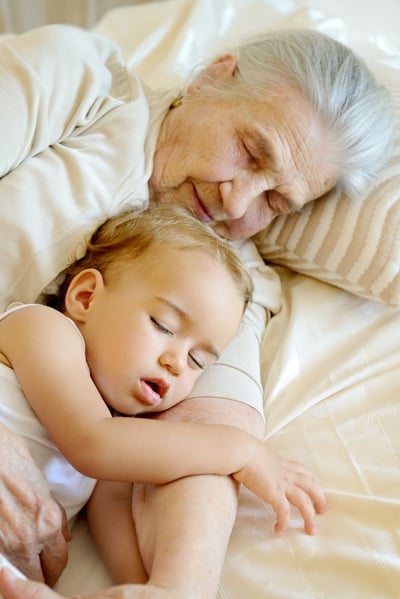 Much has been made about the importance of getting your rapid-eye movement sleep (REM sleep), but there's another stage of sleep that's crucial to good health as well.
Much has been made about the importance of getting your rapid-eye movement sleep (REM sleep), but there's another stage of sleep that's crucial to good health as well.
Stage 3 sleep, also known as deep sleep, slow-wave sleep, or delta sleep, is important for a number of reasons.
The amount we get depends not only on the quality of our sleep in general, but also on our age.
If we are to remain healthy and functional into our later years, we really need to do everything we can to get our deep sleep.
What is deep sleep?
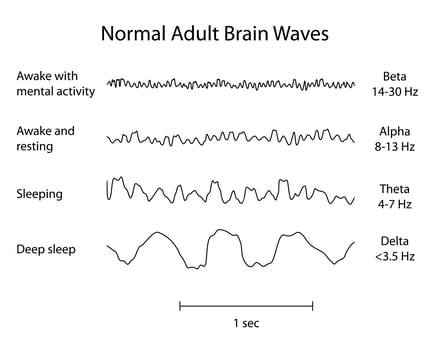 In normal sleep architecture, we experience four different stages of sleep: stage 1 sleep (very light transitional sleep), stage 2 sleep (the stage of sleep we enjoy the most), REM stage sleep (in which we dream, and stage 3, or deep sleep (the deepest stage of sleep).
In normal sleep architecture, we experience four different stages of sleep: stage 1 sleep (very light transitional sleep), stage 2 sleep (the stage of sleep we enjoy the most), REM stage sleep (in which we dream, and stage 3, or deep sleep (the deepest stage of sleep).
As the chart to the right illustrates, each of the stages of sleep is identifiable, based on an electroencephalogram reading, by the appearance of the brain waves.
Features of deep sleep
When deep sleep occurs, it is shown in the brain as large waves that resemble a delta pattern. These slow waves lead to muscle relaxation and a slower breathing rate; this sets the stage for growth and healing . For instance, during deep sleep, your:
- muscles receive more blood supply
- blood pressure drops
- body tissues are repaired and new tissue growth occurs at the cellular level
- energy levels are recharged
- pituitary gland releases human growth hormone (HGH)
While half of our nights are spent in stage 2 sleep, and a quarter in REM sleep, we should also spend about 15 to 20 percent of our nights in deep sleep.
Though stage 3 sleep only last a few minutes per cycle, it is the time of your sleep when you are least likely to be aroused. This can make it difficult to wake up a person in the middle of deep sleep. Fortunately, we experience most of our deep sleep in the first third of the night.
Perhaps the most important part of deep sleep is the release of HGH. In children, it's what allows them to fully develop; in adults, it's how our body maintains and repairs itself.
What about stage 4 sleep?
Original rules for measuring sleep stages included another category of delta wave sleep called stage 4 sleep. However, in current models, stage 4 and stage 3 sleep are generally merged under the category of deep sleep, as there is little reason to make these distinctions in the clinical environment.
How aging affects deep sleep
How much deep sleep you get depends a lot on how old you are. This is related to the body's need to release growth hormone.
Deep sleep in babies
 Newborns and infants don't have the same sleep architecture as those who are older.
Newborns and infants don't have the same sleep architecture as those who are older.
A sleeping baby has 3 kinds of sleep which are shown to be different from our usually stages 1 to 3 and REM. Instead, they have "active" sleep, "quiet" sleep, and "indeterminate" sleep.
Babies and young children enjoy healthy amounts of deep sleep as they move from episodes of active and quiet sleep (which are a few hours long) to more consolidated periods of sleep that resemble the stages we experience as adults.
It makes sense that children should have more deep sleep; stage 3 sleep gives them adequate rest and fuel for growing neural networks, blood cells, muscle fibers, and other important physiogical building blocks.
Deep sleep in teens and adults
At around age 15, slow wave sleep is still critical to growth, but many teens experience changes and disruptions to their sleep architecture which may be related to changes caused by puberty and hormone shifts. 
Eventually their sleep architecture shifts to match the regularity and needs of adults, which includes a tapering off of slow wave sleep as adolescents move into adulthood. As much as 40 percent of a teen's stage 3 sleep will convert to stage 2 sleep by the time they achieve adulthood.
It is thought that deep sleep begins to decrease at a rate of about 2 percent per decade between the ages of 20 and 60.
Deep sleep in the elderly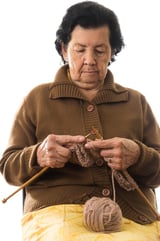
Older people tend to sleep less than their younger counterparts, but not because they don't need sleep. Instead, reductions in elderly sleep are usually caused by disruptions due to health problems, pain, and struggles to initiate and maintain sleep.
Still, even among healthy older people, declines in sleep efficiency and quality are shown to occur.
Gender  differences
differences
As adults, differences in gender shape how much deep sleep we enjoy. Women usually have more slow wave sleep than men.
However, menstrual cycles, pregnancy terms, postpartum periods, even the throes of menopause can measurably influence the overall architecture of their sleep.
The same gender difference in deep sleep is sustained for those in their golden years.
Women ages 70 and older can still get an adequate amount of stage 3 sleep (15 percent of the night), whereas men of the same age often only achieve a cycle of deep sleep about 5 percent of the night.
However, in general, the body tends to drop into stage 3 sleep less as we age, probably due to changes in our circadian rhythms that are the direct result of aging.
What happens when you don't get enough deep sleep?
Stage 3 sleep is your body's best opportunity to work literally at the cellular level to heal itself. For those with chronic illness, deep sleep is essential to repair damage and build replacement tissue (such as skin cells and bone cells).
Without these opportunities to fix what ails us and help us keep strong skin, bones, and organs, we can suffer aging at a faster rate; it will become harder to fend off its insults, especially if they are related to chronic problems like heart disease, osteoporosis, or neurological conditions.
What can we do to ensure we get enough deep sleep? Practice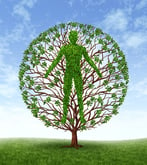 good sleep hygiene, allow ourselves adequate time to sleep at night, treat our health conditions and sleep disorders, and avoid lifestyles that lead to sleep deprivation.
good sleep hygiene, allow ourselves adequate time to sleep at night, treat our health conditions and sleep disorders, and avoid lifestyles that lead to sleep deprivation.
In short, make sleep a priority. If you can do that, you can help yourself fend off the mechanics of aging and illness.
Sources
American Academy of Pediatrics
National Sleep Foundation
Sleepdex
Sleep Disorders and Sleep Deprivation: An Unmet Public Health Problem. Colten HR, and Altevogt BM, eds. ©2006; National Academies Press


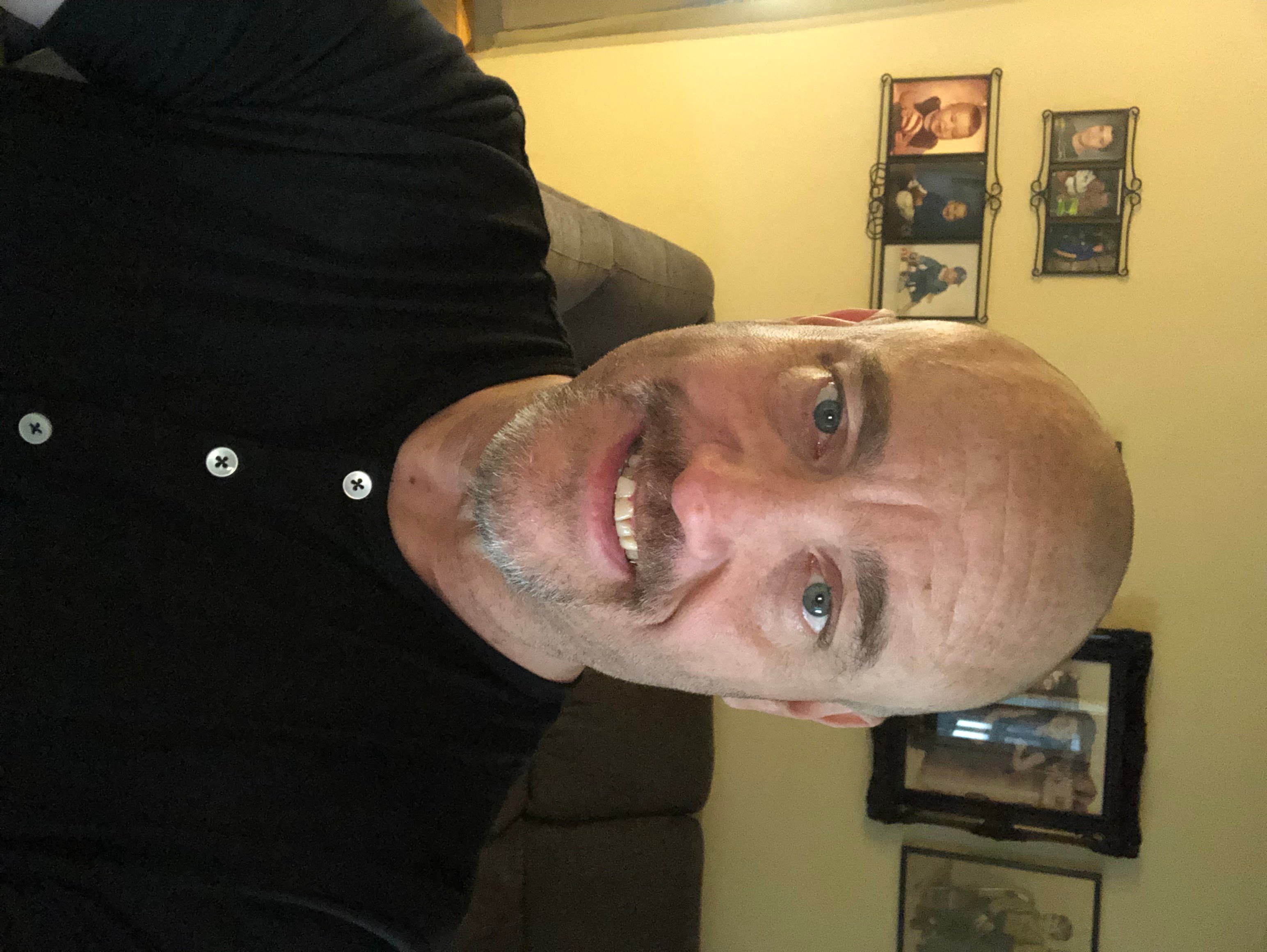









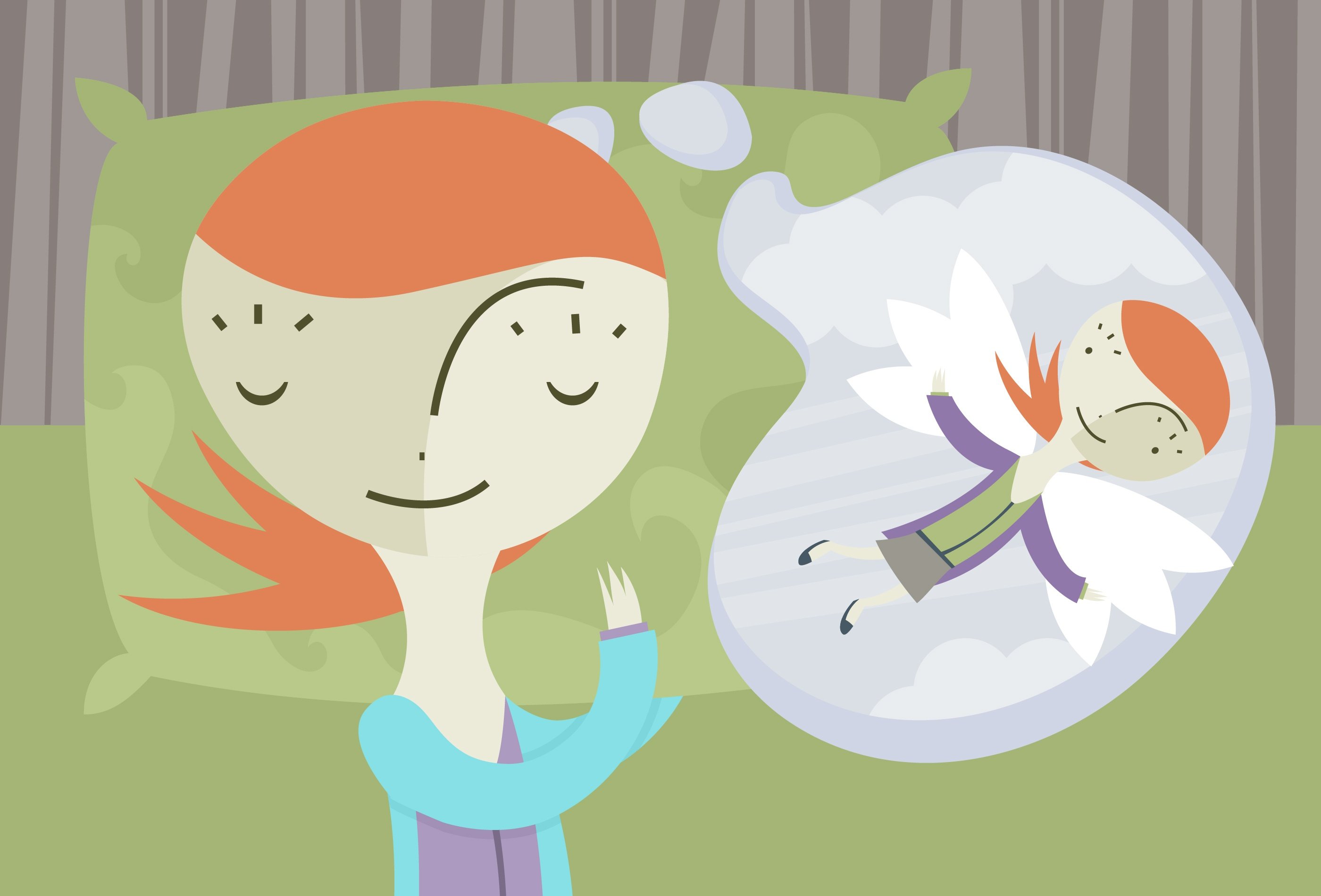
Leave a comment